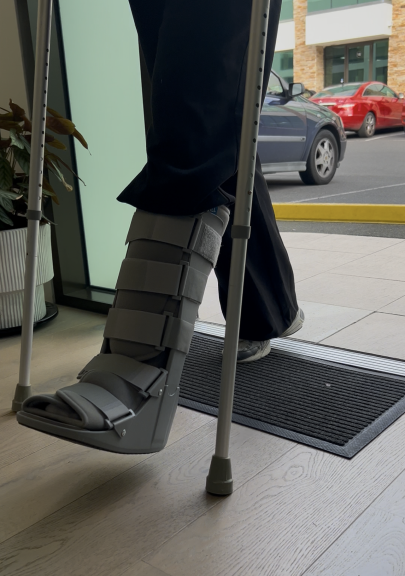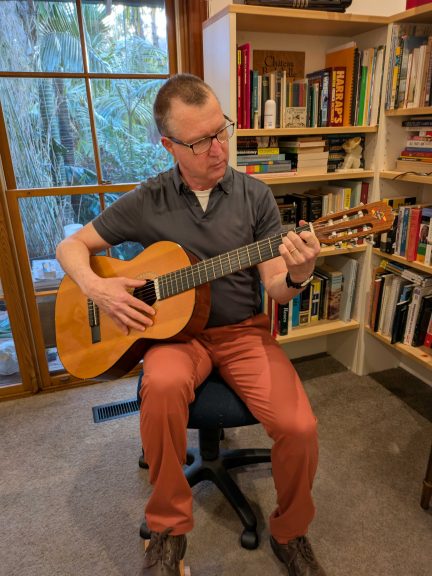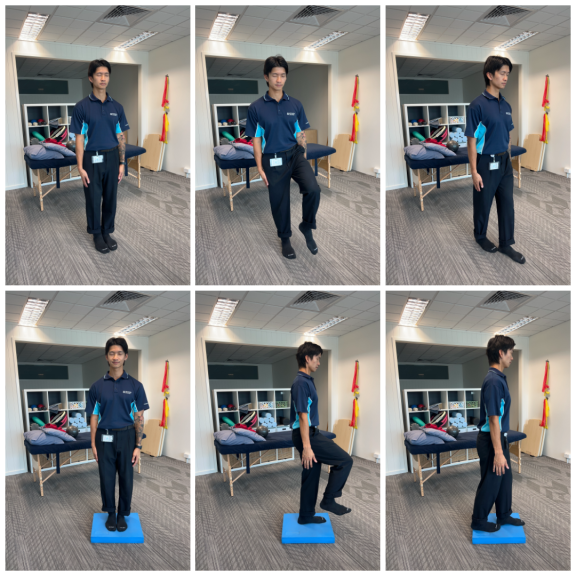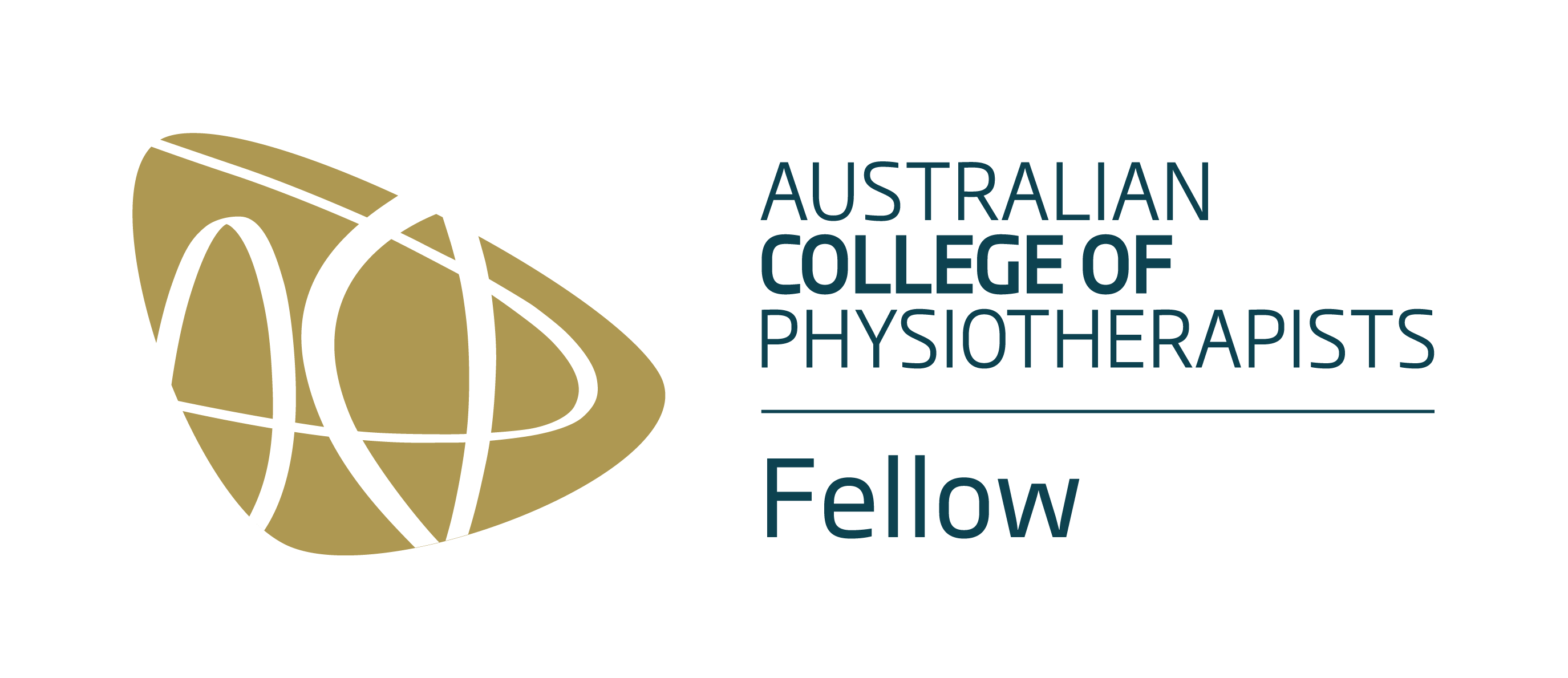One of the more recent developments for acute management is PEACE and LOVE 1. At Peak MSK Physio, we recommend this process for patients to follow after an injury. You can see the instructions below.
For decades, ice has been the answer to sprains and soft tissue injuries. Whether it is a pulled muscle, a sprained ankle, or sore back, you were told to put ice on it. Clinicians all over the world recommended “RICE” for all acute injuries, which stands for Rest, Ice, Compression, Elevation.
With newer research, the ice component is dropped from the recommendation, and “RICE” is now replaced by “PEACE and LOVE”, in which the “A” stands for “Avoiding anti-inflammatories and icing”. As more and more research suggests, ice is no longer the best solution. In fact, ice or cryotherapy may hinder your recovery.🤸♂️
But WHY????
✅Research found that topical cryotherapy including ice packs, cold spray, ice compression bandage, and many more, may hinder mid to long term recovery of musculoskeletal injuries. Yes, ice can reduce inflammation. But is it necessarily a good thing?
It turns out inflammation is essential for effective tissue recovery by bringing nutrients and inflammatory chemicals to the injured site to remove and repair damaged tissues. Ice stops this from happening and delays the recovery process.
✅Should we completely abandon ice therapy? Yes and no. Ice still has its value of controlling excessive swelling and reducing pain in the early stage of injury. When swelling and pain are under control, the treatment should move on from ice to rehabilitation involving active and passive interventions.😀
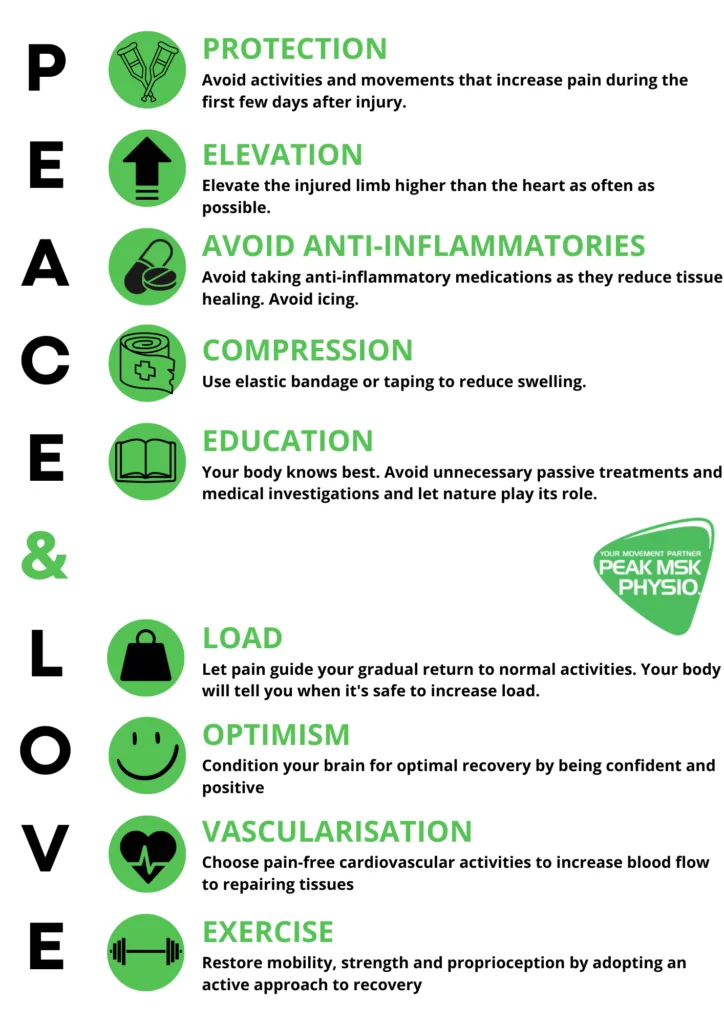
Our Clinic, Peak MSK Physio, has the luxury of both physiotherapy and remedial massage practitioners to get your mojo back. We are very aligned in our approach to making you feel better and getting you back into sports. You can see either profession and expect high-quality management along your road to recovery.
What does sports injury recovery look like?
Where sports injury recovery differs from a regular musculoskeletal injury is due to extra phases in recovery known as return to sport and return to play. For example, a desk worker who does not play sports sprains their ankle on the stairs at work. This individual will have different physical demands to meet, compared to somebody who sprains their ankle playing basketball. This is where these two phases come into action: acute injury rescue with peace and love followed by return to play.
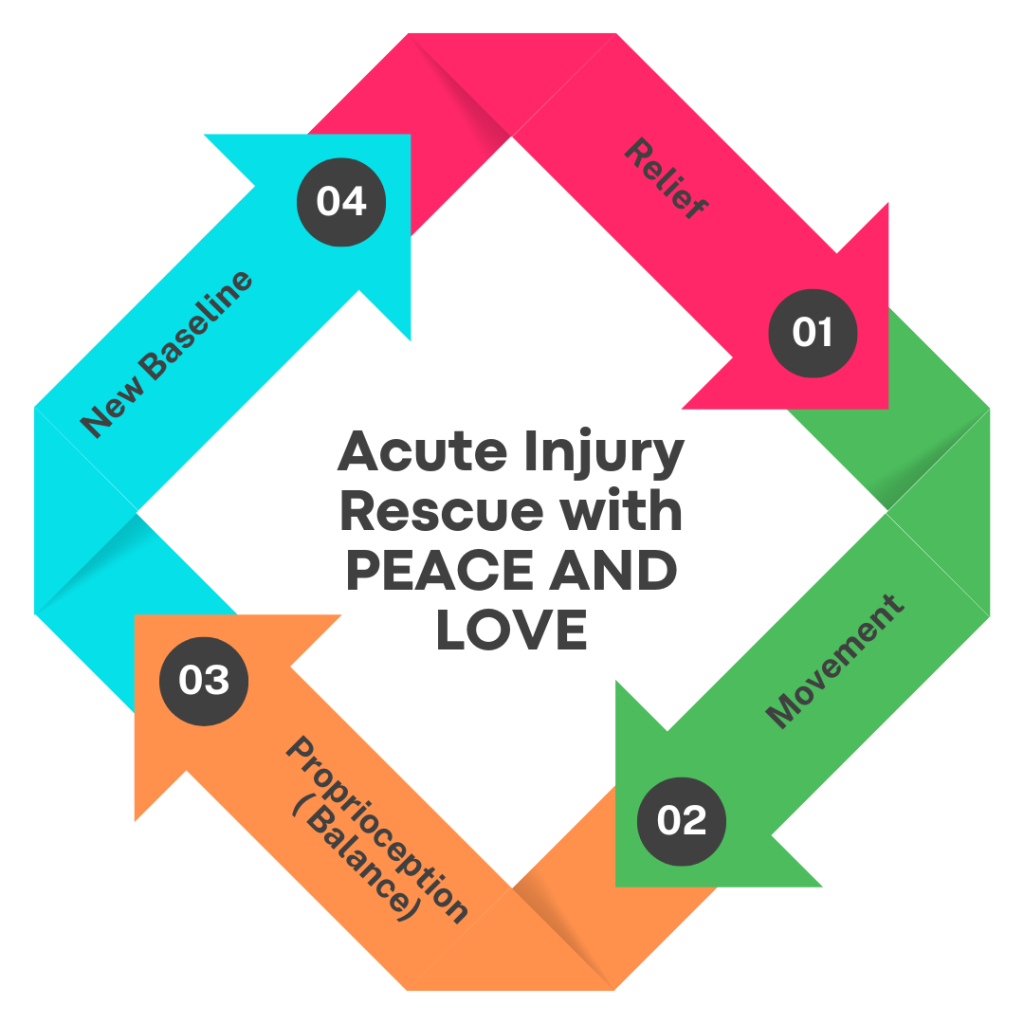
This is where the athlete is managed initially in their return to training. Aspects such as strength levels, pain levels and confidence of the athlete are still monitored. If they continue to meet the physical criteria of the physio, then they can be cleared to return to their full sporting activities. This phase requires a professional to ensure you do not return to sport too early risking re-injury and more time on the sidelines.
How can I avoid sports injuries?
There are many actions you can take to ensure you are injury-free during sports.
Dynamic warm-up and cool-down
Every sport or exercise program should start with a dynamic warm-up and finish with a cool-down. A good warm-up can increase your heart rate to pump more blood to the muscles so that they can work better during sports. Your warm-up session should consist of 10-15 minutes of cardiovascular exercises and a few sport-specific movements, such as agility or tackling drills. After sports, cool down by doing low-intensity cardiovascular exercise and stretches for 10 minutes can gradually return your heart and muscles to their resting states to prevent injuries or post-exercise soreness.
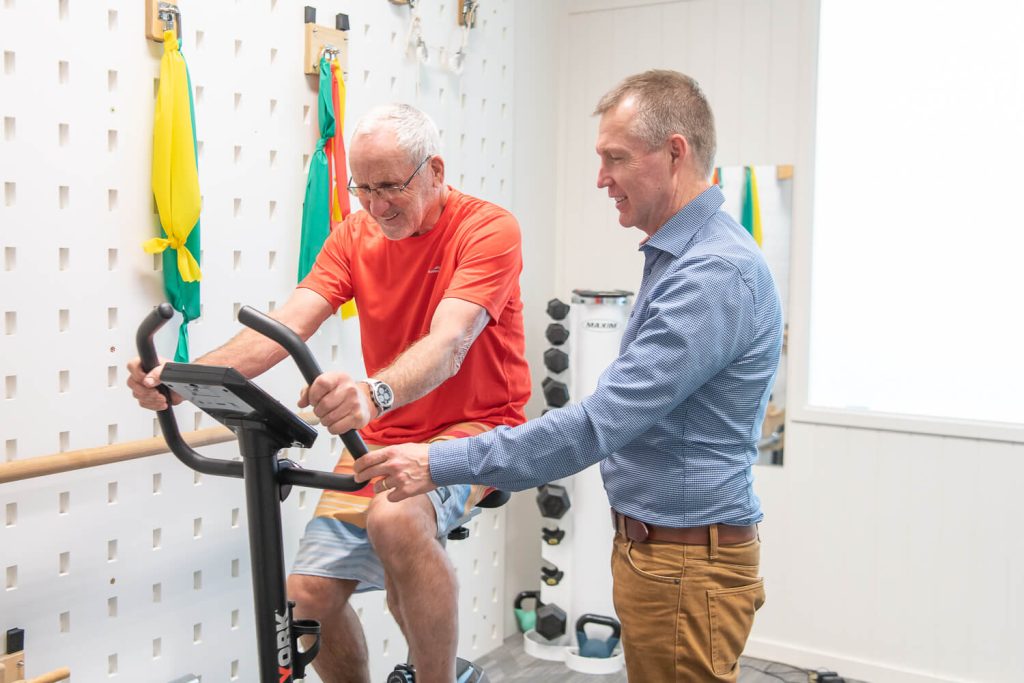
Gradual progression
Selecting the right amount and intensity of sports or exercise is crucial. Always start easy and gradually progress the intensity to allow your body to adapt to the exercise. Avoid progressing too quickly and learn to listen to your body to determine if a progression is appropriate.
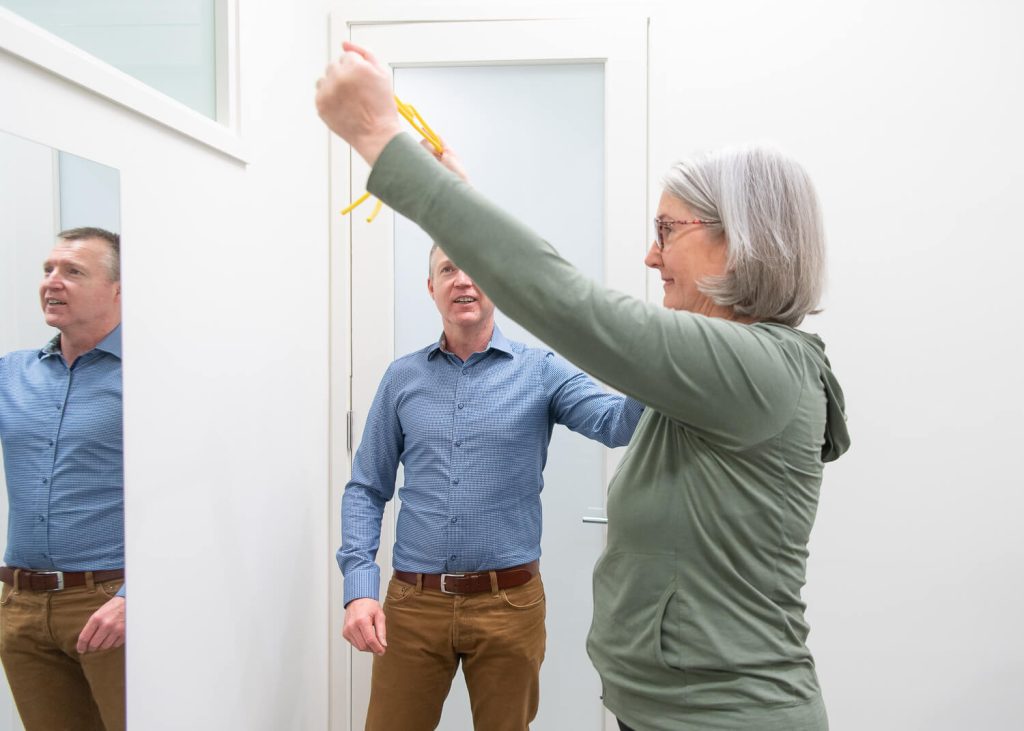
Enough Rest
Allow sufficient time for your body to rest and recover between your exercise sessions. Doing exercise all the time every day may sound good to the body but it actually puts an excessive burden on the cardiac, muscle, and joint systems, eventually leading to an injury of these systems. In general, 1 to 2 days of rest is recommended after moderate to vigorous intensity exercise.
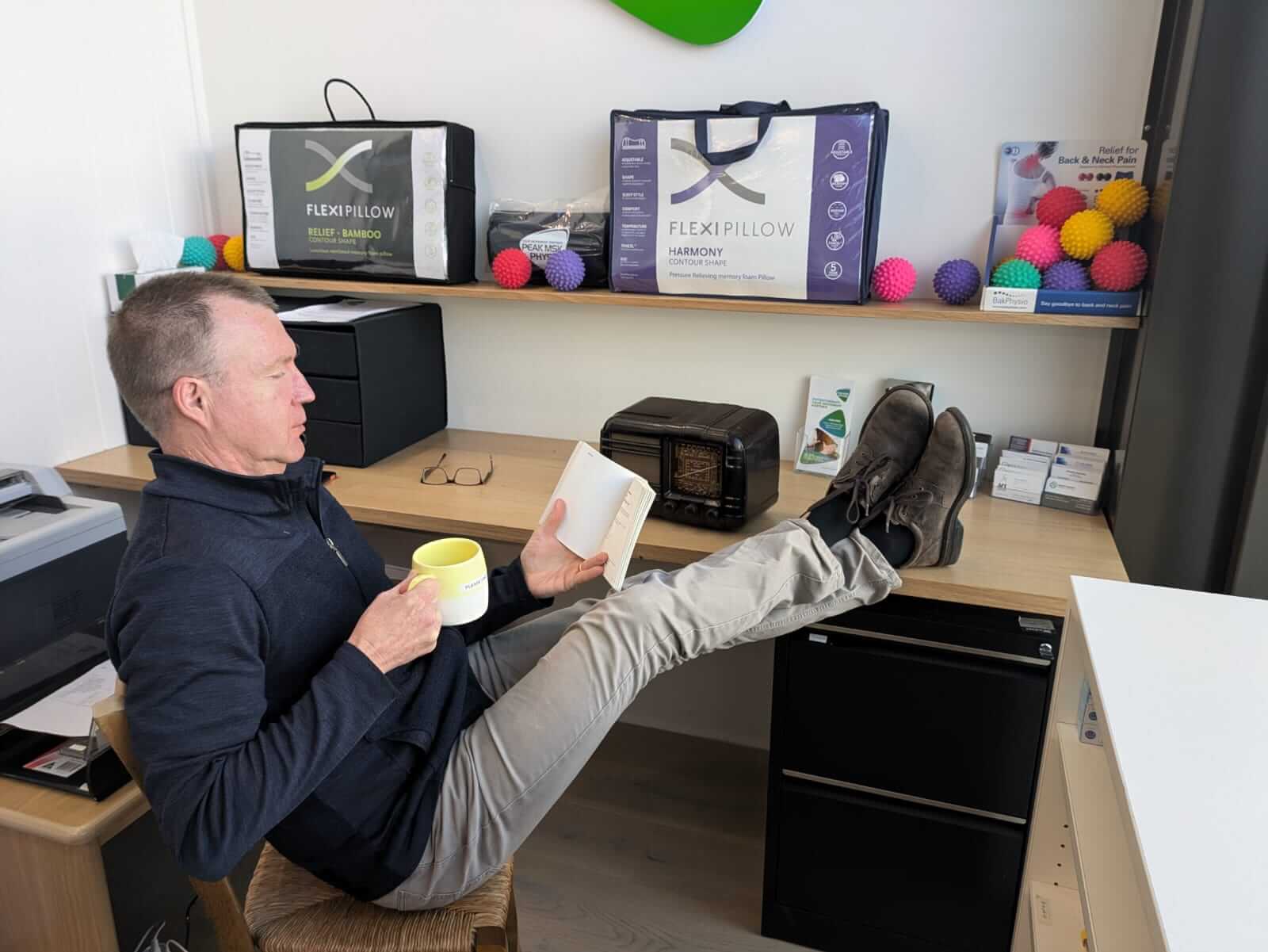
Proper Techniques
Doing exercise with an improper technique can affect the body biomechanics, put extra compression on joints, and overload muscles and ligaments. In other words, poor technique can put you at a higher risk of injury. When exercising, it is crucial to maintain a stable form of the trunk and limbs, recruit the core muscles, and control the amount and direction of movements. Our physiotherapists can advise you on how to improve your techniques and keep yourself free of injuries!
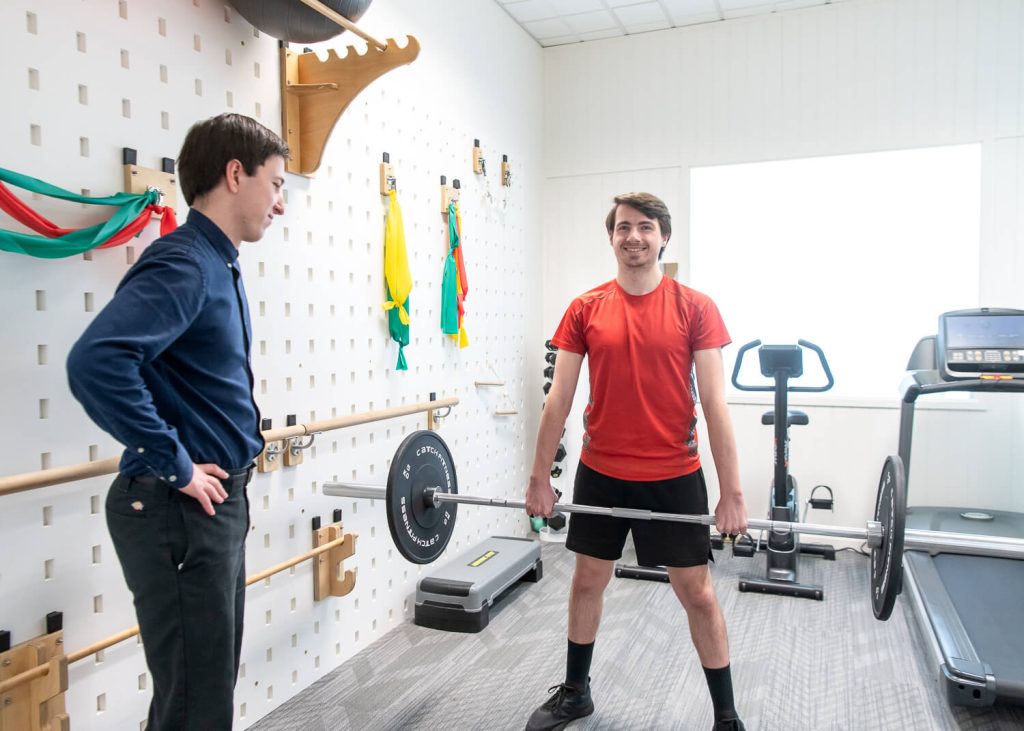
Treatments for Sports Injuries
Our physiotherapists can help by providing a diagnosis of your injuries. Based on the diagnosis and your needs, we will provide tailored manual therapy including joint mobilisations and soft tissue massage to resolve your symptoms and restore the functions of affected musculoskeletal structures. We will also prescribe exercises to strengthen your muscles that are important for your day-to-day activities. For long-term management, we will investigate the predisposing factors such as sports techniques that contributed to your injuries and provide treatments and advice to minimise the risks of re-injury while we prepare you for returning to the sports that you enjoy.
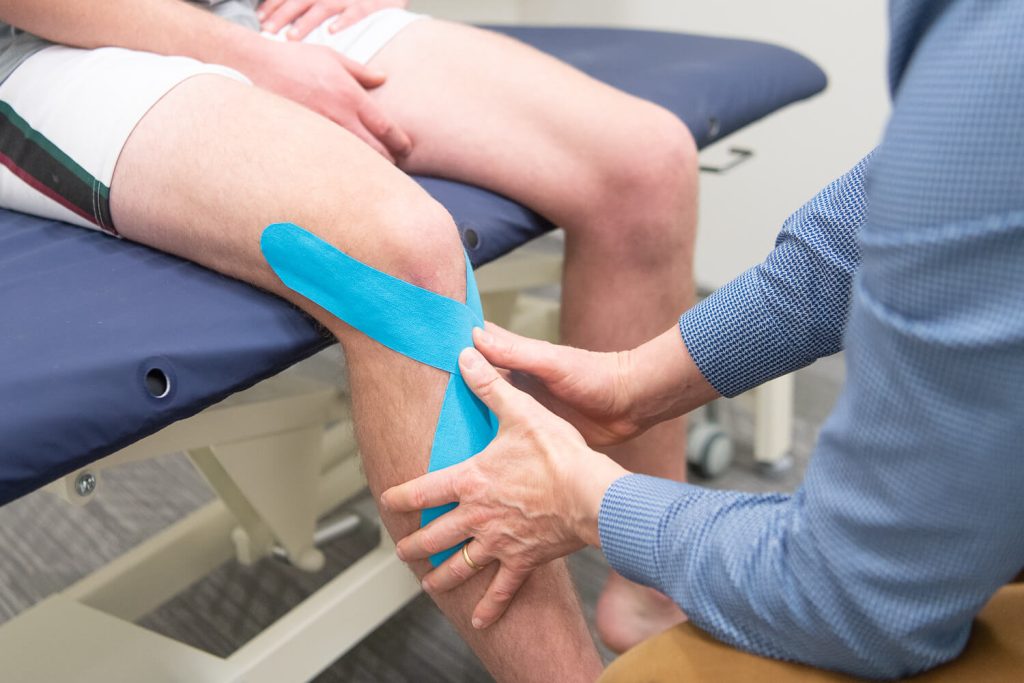
Looking for an informed clinical opinion?
We are a clinic of experienced practitioners working together for you. We use the best scientific research to inform the decisions we take for your care. We do this with honesty and empathy.










